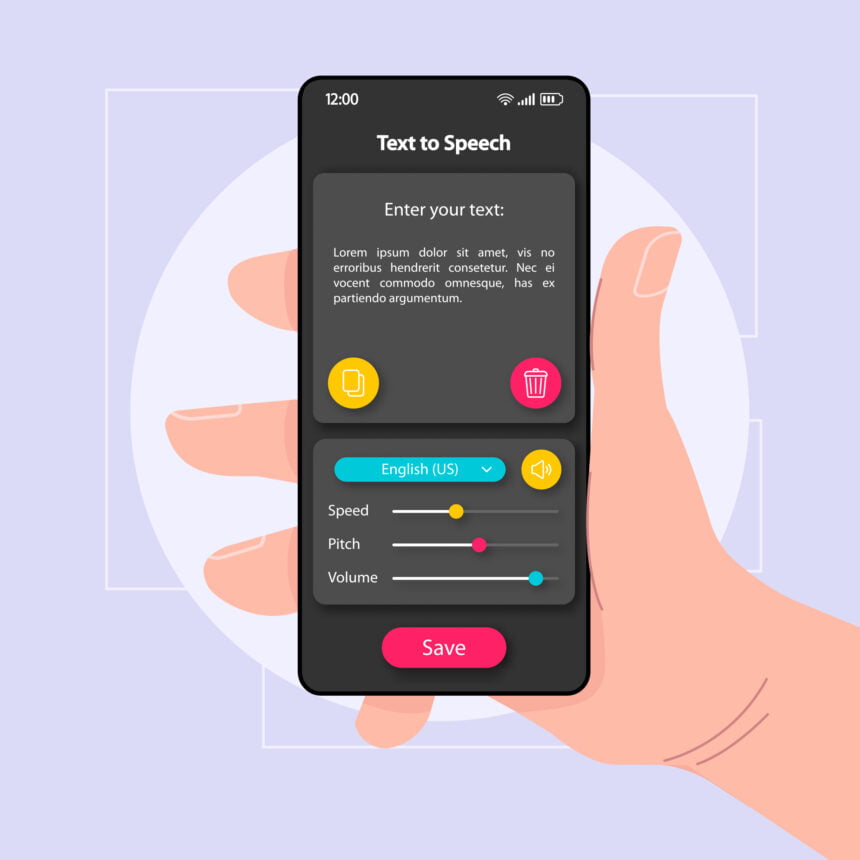Voice generators are viewed as a noble technology that assists the physically challenged population in accessing more features on the internet to live with equitability.
It is evident in the market numbers: the market for text-to-speech software that stood at $2 billion in 2020 is expected to rise to $6 billion by the end of 2026 – that is a CAGR of over 14%.
Voice cloning has gotten a bad reputation, since it has been used in crimes like the recent Pearland scam. However, voice generation has more uses than just that. Corporates and other types of employers are, too, looking at voice cloning as something that can be leveraged to create engaging training videos for their employees. Let’s understand the nitty-gritty of that.
How to Choose the Right AI Voice Generator for Training Videos
Using training videos for skill development at the workplace has become an essential part of a workday. If your firm deploys frequent training for employees, knowing why and how to select the right AI voice generator for your training is as important as designing the training. You will find that the right AI-driven voice generator can be very useful in videos.
At the core of choosing voice cloning lies the purpose for which you need it deployed. Training videos are designed as eLearning modules and must drive a certain level of engagement from the viewer to be effective. Given that robotic voices can be dronelike and monotonous, selecting a mechanical voice can be detrimental to learning.
Not only would the robotic voice cause loss of attention, but it may also work to induce drowsiness in the viewers as well. In a paper published on Frontiers In Neurorobotics, it was reported that the quality of “humanness” of a robotic voice worked to make the learning module more credible and improved the learning ratings as well.
The paper further goes on to reinforce that TTS generators with voices as close to humanlike as possible are perceived as more likeable. Additionally, people preferred voice cloning that had relatively higher pitches.
Key takeaways: Selecting an AI voice generator that is as close to human speech as possible and with a relatively higher delivery pitch is more likeable and drives more engagement from the viewer.
Another factor that influences the selection of the right AI voice is how the voice cloning software handles the job at hand. While it can be generally accepted that an AI voice generator needs to get the words and pronunciation right on point, it also needs to do it well.
Text to speech works by converting typed text into voice by letting a digital voiceover intonate it. It then becomes important to code in subtleties like how to intonate punctuation and slurs of the regional languages in an accent.
Many AI voice generators pay extra attention to these details, creating a voiceover that has the right amount of pause for commas and full stops – or any other punctuative feature.
Creating a good TTS training video also constitutes selecting an AI voice generator that follows the natural modulation of speech when reading from a script.
For example, questions always follow a rising pitch, while affirmative speech is generally high-pitched. To express tentativeness in dialogue, the inflection follows a falling pitch that rises towards the end.
Key takeaways: In the end, the way a TTS intonated the script is what makes it sound robot-like or human-like. The best way to select voice cloning software for your training videos is to see how well the AI voice generator “speaks” what you ask it to.
AI Has Made Voice Generation Technology More Promising than Ever
Text to speech has great potential in making your training videos more engaging and fun for trainees to watch and glean from. It all comes down to selecting a voice that the listeners can believe and attribute a positive interaction to. You need to keep in mind the pointers shared above to make the best selection.






